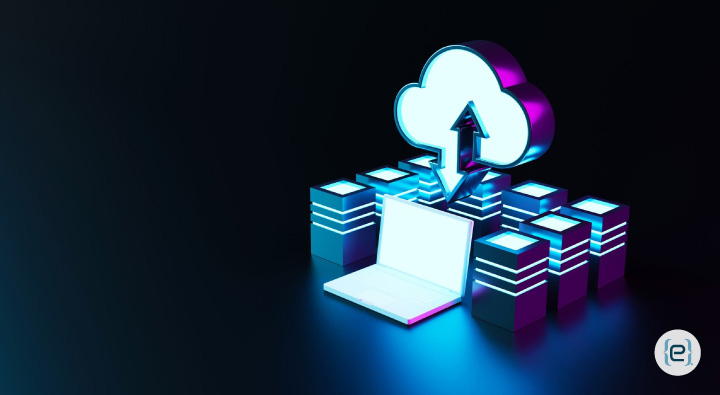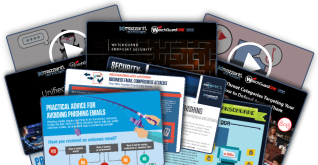As your business embraces the flexibility and scalability of hybrid cloud environments, the need for robust security has never been greater. Hybrid clouds—combining public and private cloud resources, sometimes with on-premises infrastructure—offer cost efficiency and agility. However, the distributed nature and complexity of these environments introduce unique security challenges that require a strategic, integrated approach.
Understanding the Hybrid Cloud Model
A hybrid cloud allows you to keep sensitive information within your private infrastructure while leveraging public cloud services for scalability and non-critical workloads. This balance between cost and performance makes hybrid models ideal for organizations managing diverse applications and data types. However, this approach also expands your attack surface, as each environment—whether on-premises, private, or public cloud—demands its own tailored security measures.
In hybrid cloud setups, data, applications, and workloads move between environments, each governed by distinct security requirements. The challenge lies in ensuring consistent protection across all platforms while maintaining operational efficiency.
Key Security Challenges in Hybrid Cloud Environments
- Varied Security Policies: Different cloud providers enforce unique security policies, often resulting in inconsistent policy application across your systems.
- Data Flow: Data moves between private and public clouds, increasing the risk of exposure both in transit and at rest.
- Identity and Access Management (IAM): Managing user authentication and authorization across multiple environments can be complex and error-prone.
- Compliance: Hybrid clouds often span multiple regions and jurisdictions, making compliance with various regulatory frameworks a critical concern.
- Visibility Gaps: Security teams may struggle with real-time visibility across all environments, leading to potential blind spots in threat detection.

Best Practices for Securing Your Hybrid Cloud
- Centralized Management: Use integrated security management solutions for a unified view of your hybrid cloud. This approach ensures uniform policy enforcement, enhanced monitoring, and faster threat response. Consider tools that provide improved monitoring and centralized controls.
- Robust IAM: Implement strong identity and access management. Secure access with multi-factor authentication (MFA), role-based access control (RBAC), and single sign-on (SSO). Federated identity management helps unify access controls across cloud environments.
- Data Encryption: Protect sensitive data with end-to-end encryption, both in transit and at rest. Store encryption keys securely using hardware security modules (HSMs) or trusted key management services. For more on data protection, see data encryption best practices.
- Zero-Trust Architecture: Adopt a zero-trust model—never trust, always verify. This includes micro-segmentation, continuous monitoring, and adaptive authentication to minimize risk.
- Network Security: Secure your networks with VPNs, firewalls, and secure access service edge (SASE) solutions. Network segmentation isolates sensitive data and applications, reducing the impact of potential breaches. Learn more about firewall benefits for business.
- Advanced Monitoring and Threat Detection: Leverage AI and machine learning for real-time monitoring. SIEM and SOAR platforms automate threat analysis and incident response, closing visibility gaps and enabling rapid action. Explore our insights on AI-powered security for hybrid environments.
- Compliance Management: Regularly assess your environment against standards like GDPR, HIPAA, or PCI DSS. Use compliance management tools to identify gaps and prepare for audits.
- Regular Security Assessments: Conduct vulnerability assessments and penetration testing throughout your hybrid environment. This proactive stance helps identify and remediate issues before they become threats.
Emerging Technologies Shaping Hybrid Cloud Security
- Artificial Intelligence (AI): AI-driven security tools analyze vast datasets, detect anomalies, and respond to threats with greater speed and accuracy than traditional methods. Predict advanced persistent threats (APTs) and automate incident response.
- SASE (Secure Access Service Edge): SASE converges networking and security into a single, cloud-delivered service. It integrates VPN, firewall-as-a-service (FWaaS), and zero-trust access—perfect for hybrid environments.
- Confidential Computing: This technology keeps data encrypted even during processing, enhancing security for workloads that move between private and public clouds.
Securing Your Hybrid Cloud Future
Securing your hybrid cloud environment demands a holistic approach—integrating technology, processes, and people. By adopting centralized management, robust IAM, zero-trust strategies, and leveraging emerging technologies like AI and SASE, your organization can confidently protect its data, applications, and reputation.
Ready to strengthen your hybrid cloud security? Contact eMazzanti today to learn how we can help you secure your digital future and ensure business continuity.







